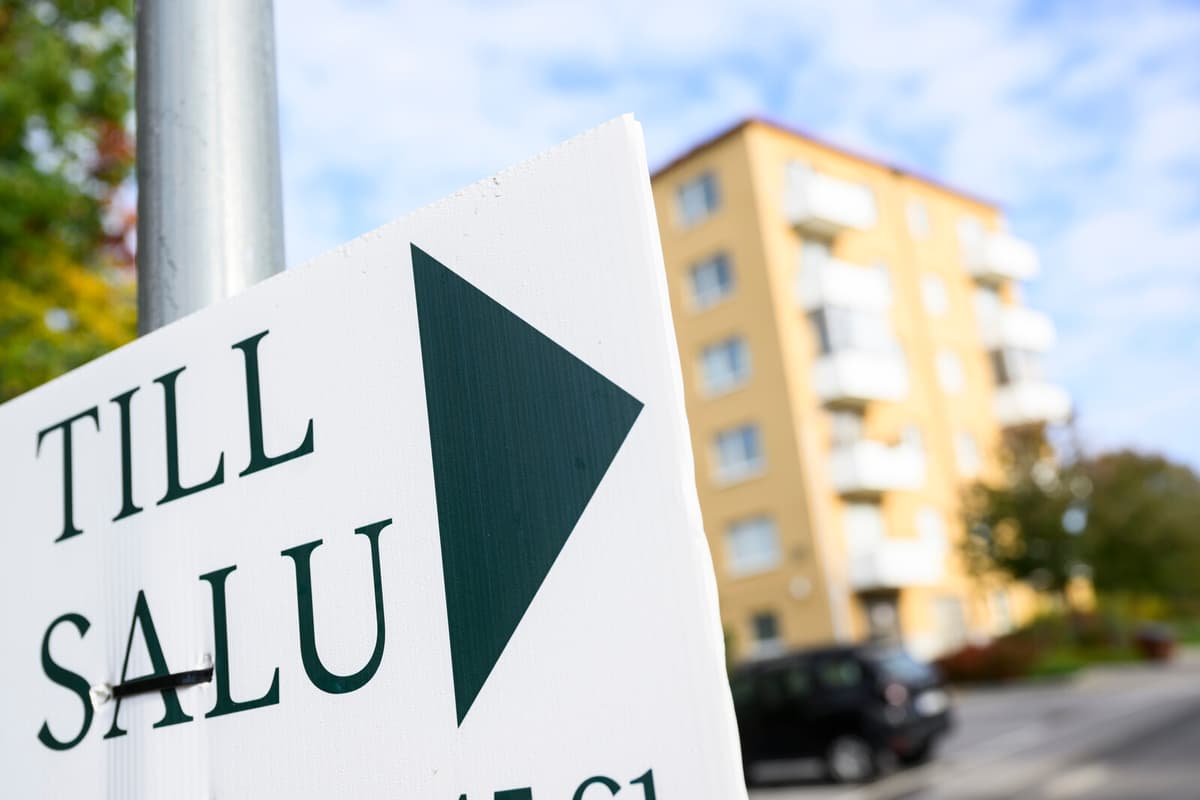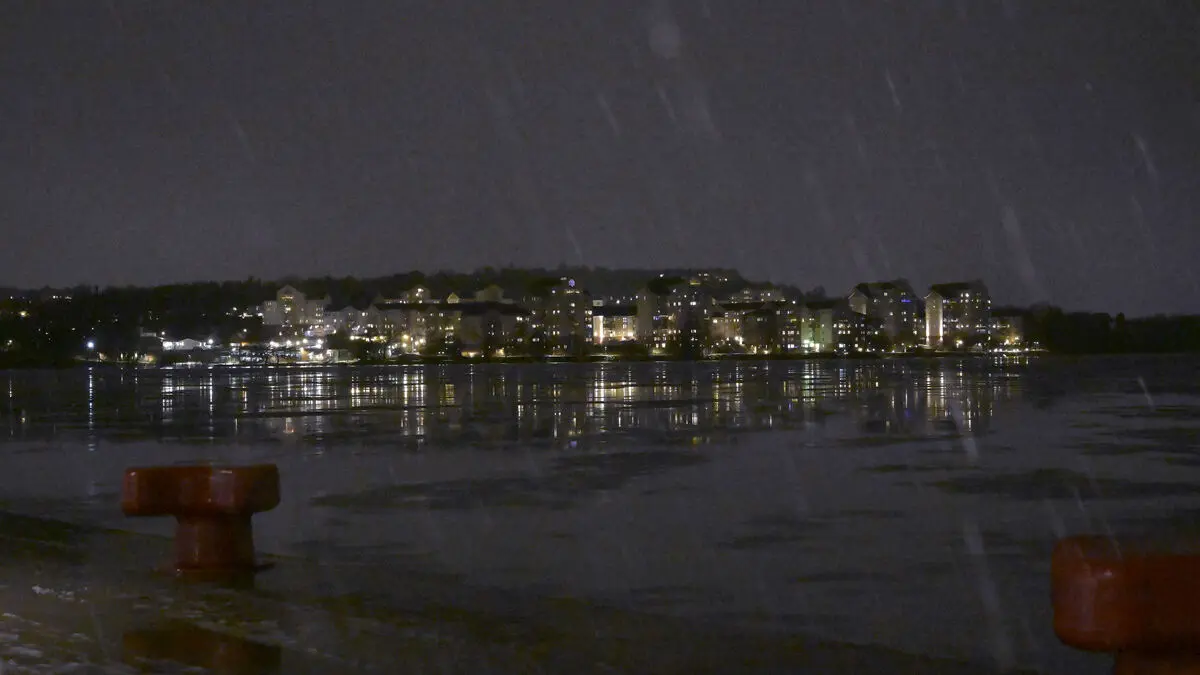Housing prices as a whole, both apartments and houses, fell by 0.3 percent in April, according to statistics from SBAB. A weak price development for an April month, according to the state-owned mortgage bank's chief economist Robert Boije.
Interest rates have gone down, inflation is close to the Swedish Central Bank's target, and real income is increasing, says Boije, listing factors that should lead to rising rather than falling housing prices.
"Great uncertainty"
He points out the great uncertainty as a possible explanation for the US's powerful trade tariffs against the rest of the world, which were introduced at the beginning of April and then partially paused.
There is great uncertainty, we don't really know where inflation and interest rates are going. Then you become a little more cautious and it affects the housing market as well, says Boije.
The prices of apartments fell, and fell by an average of 1.4 percent across the country. Southern Sweden stands out with a decline in apartment prices of 4.7 percent, followed by Northern Sweden and Greater Gothenburg with declines of 3.9 and 3.3 percent, respectively.
More expensive houses
The rest of the country saw declines in apartment prices of 0.3-0.6 percent, while Central Sweden went against the trend with an increase of 0.4 percent.
On the other hand, house prices in the country rose in April, with an average increase of 0.2 percent. Northern Sweden and Greater Gothenburg stand out again in the statistics with increases of 5.2 and 1.7 percent, respectively.
In the rest of the country, house prices fell, with declines of 0.1-0.9 percent.
Housing prices in the country have fallen by a total of 9.1 percent since the spring of 2022, when the Swedish Central Bank began to raise the interest rate, most for houses in Central Sweden and least for apartments in Stormalmö.





